A screw conveyor is a volumetric conveying equipment. A fixed volume of the material is discharged with each turn of the screw flight. A screw conveyor is used to move product from one location to another, which is always managed by having another conveyor or measuring equipment feed into the entrance. Read More…
We are a US based, family owned company specializing in the design and manufacturing of screw conveyors in all configurations: vertical, inclined, shaftless, live bottom, plug screws, feeders, mixers, heating/cooling, FDA/USDA approved, screw presses and more.
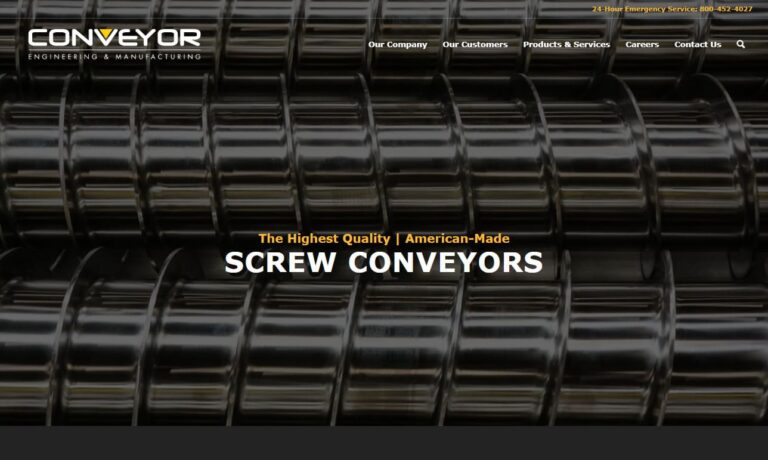
VAC-U-MAX is a manufacturer specializing in screw conveyors and transportation systems, load filling machines, bulk bag loaders, grinders, pulverizers and sifters. The company serves the chemical, food and feedmill industries with highly efficient products.
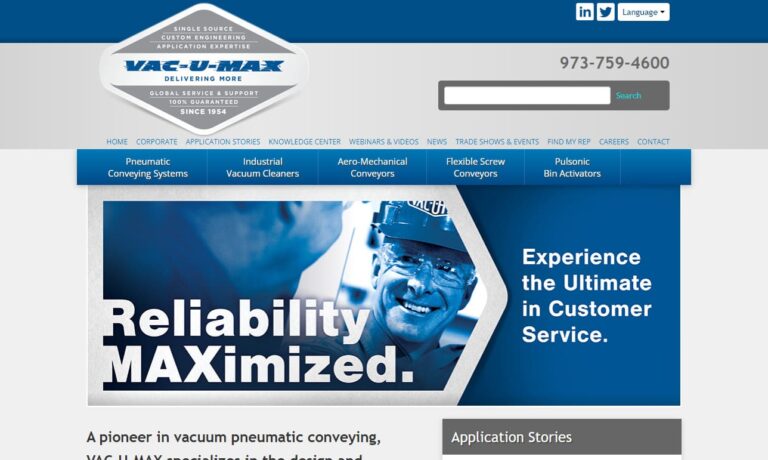
ISC Manufacturing LLC has specialized in screw conveyor manufacturing since 1976. Experts in the field of CNC machining, ISC designs & manufactures custom feeders, mixing & drag conveyors, bucket elevators, ribbon & paddle mixers, chutes & more. Our screw conveyor technology is such that our conveyors are capable of conveying, feeding, elevating & mixing. Ask about our service repair center!
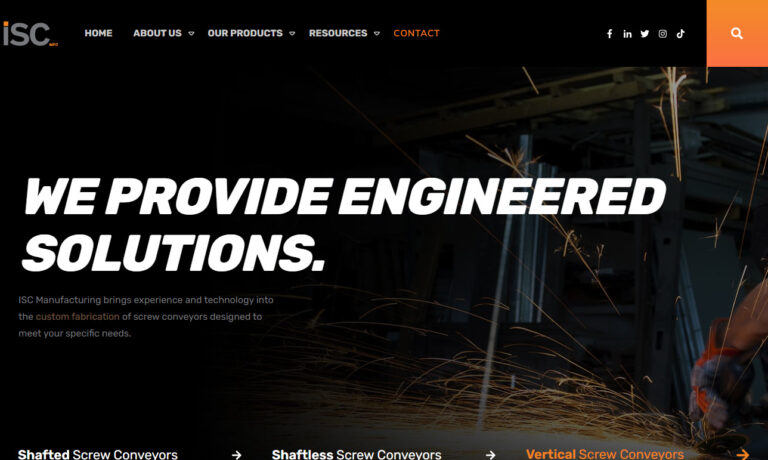
Spiroflow Systems has more than 40 years of experience in the design, manufacture & installation of bulk material handling equipment & systems. Product innovation & a thorough understanding of customers’ needs & objectives keep Spiroflow at the forefront of the industry. Spiroflow Systems offers flexible screw, aero mechanical, pneumatic, tubular cable & chain drag conveyors as well as bulk...
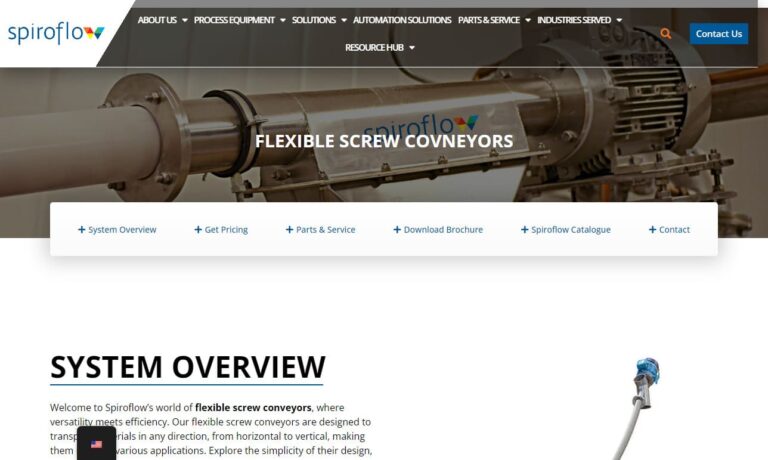
For over 40 years, CDM’s mission has been to use our excellent application knowledge and customer service to provide our clients with superior solutions. We have grown to become a world leader in the manufacturing of conveying systems, conveyor chains, and material handling equipment. Industries we serve include minerals and mining, pulp and paper, and potash and fertilizer. Contact us today...
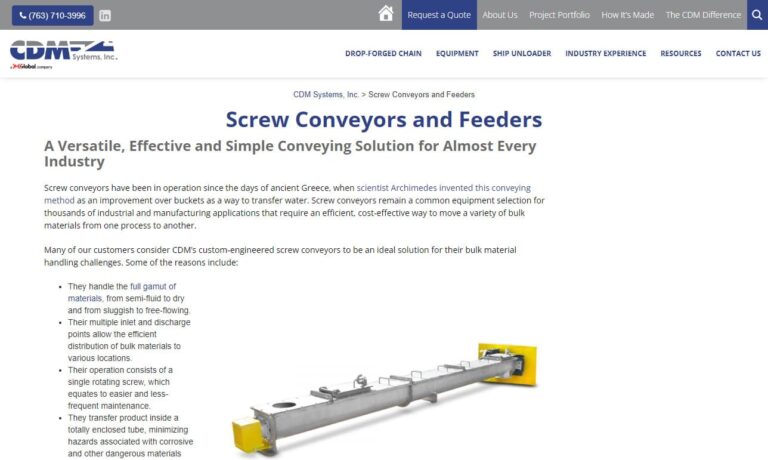
At Syntron Material Handling, we pride ourselves on our innovative screw machine products that redefine efficiency and reliability in material handling solutions. With years of expertise and dedication to excellence, we offer a comprehensive range of screw machines designed to meet the diverse needs of industries worldwide.
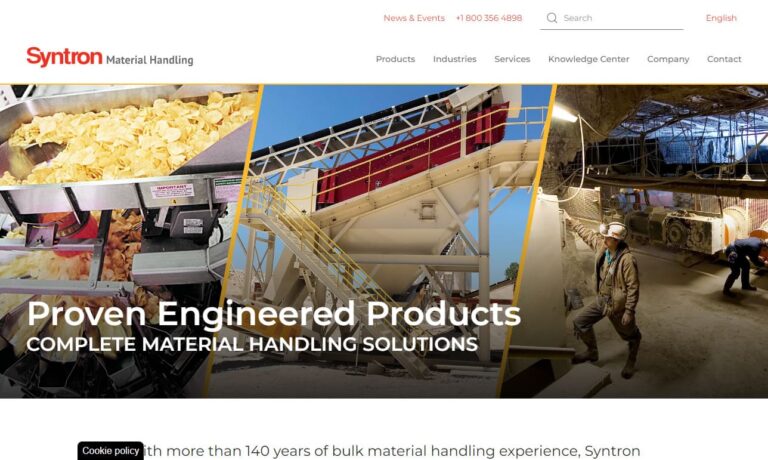
More Screw Conveyor Design Manufacturers
The intake of a screw conveyor is generally connected to rotary valves, conveyors, screw feeders, or even additional screw conveyors.
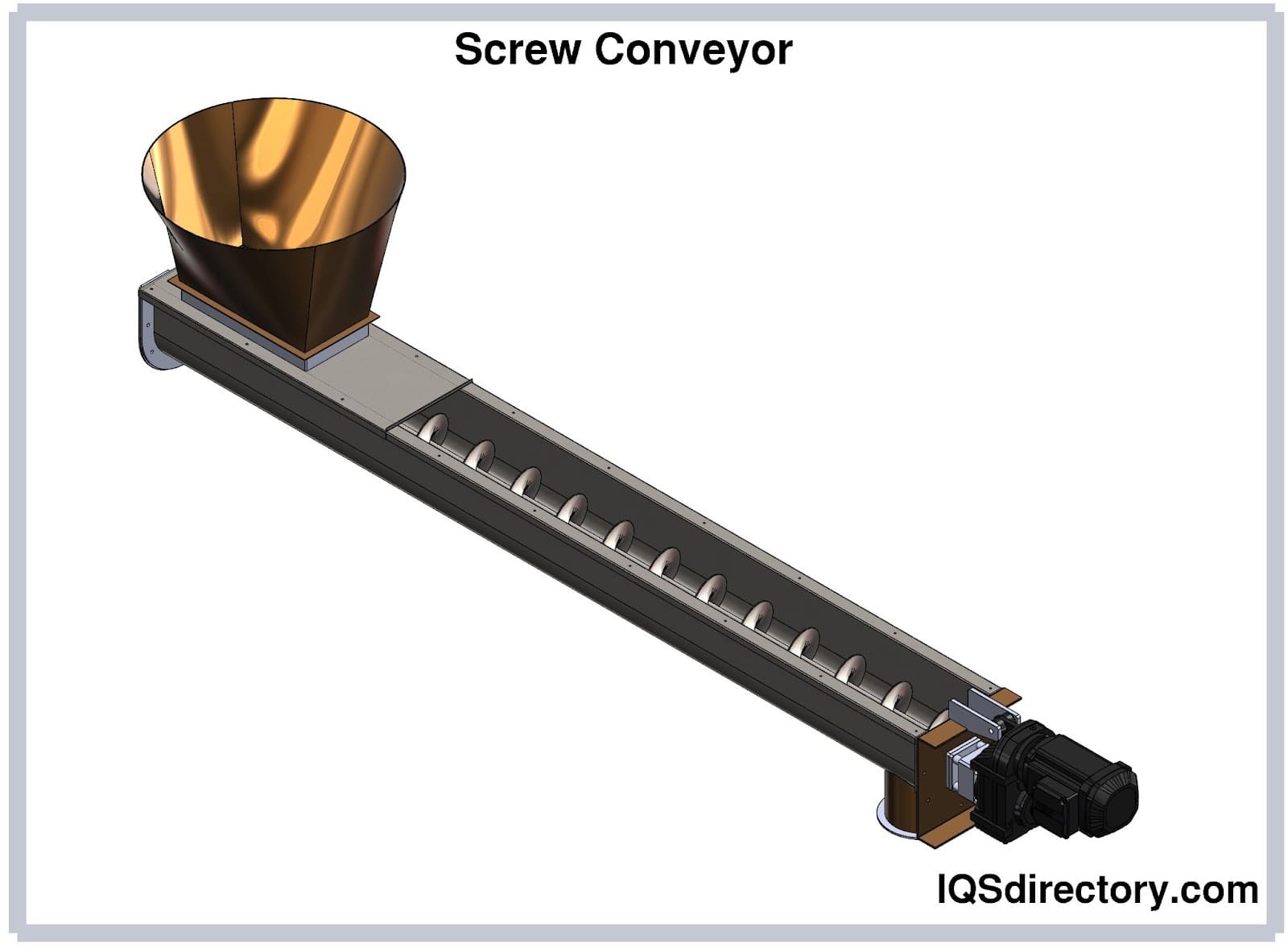
Like screw conveyors, screw feeders or feeders are constantly flood-loaded or full in the entering section.
Factors Influencing Screw Conveyors Design
The Material Classification Code Chart lists typical characteristics of the granular particles to be transported, such as abrasiveness, corrosiveness, and flowability. To choose the best machinery for the intended purpose, it is crucial to understand and carefully examine these characteristics when designing screw conveyors.
Abrasive Particulates
When carrying abrasive grains, screw conveyor compositions may experience extreme wear and strain due to the design of the screw conveyor. As a result, various screw conveyor design types are best suited for abrasion-resistant metals.
The trough of the screw conveyor accumulates and hardens certain transporting materials. They also have the propensity to absorb moisture and pack tightly. The better the ability to prevent build-up incidents in the trough, the closer the space between the trough and the screw. Additionally, a high screw conveyor torque is required to cut through the hardened particles, which is all considered while designing the screw conveyor.
Generation of Static Electricity
Static electricity can be produced throughout the conveying process as the screw augers rotate and shake the bulk materials. Therefore, it is strongly considered when designing to ground the screw conveyor's trough. It may effectively eliminate static electricity by grounding the trough in several places. In addition, lowering the trough loading and the screw conveyor speed can also be very beneficial.
Flammability
Flammable and explosive materials will burn whenever oxygen and ignition sources are present. Screw conveyors should be made of non-sparking materials to stop the appearance of ignition sources. The tight troughs or housings of screw conveyors outfitted with shaft seals are also necessary to keep oxygen outside the machine. The design maybe is aided by filling the inside of the screw conveyor with inert gas, such as nitrogen.
The following properties of the transported bulk material directly determine the design of the conveyor size, speed, and horsepower requirements:
- Maximum particle size
- Bulk density
- Trough loading
- Material factor
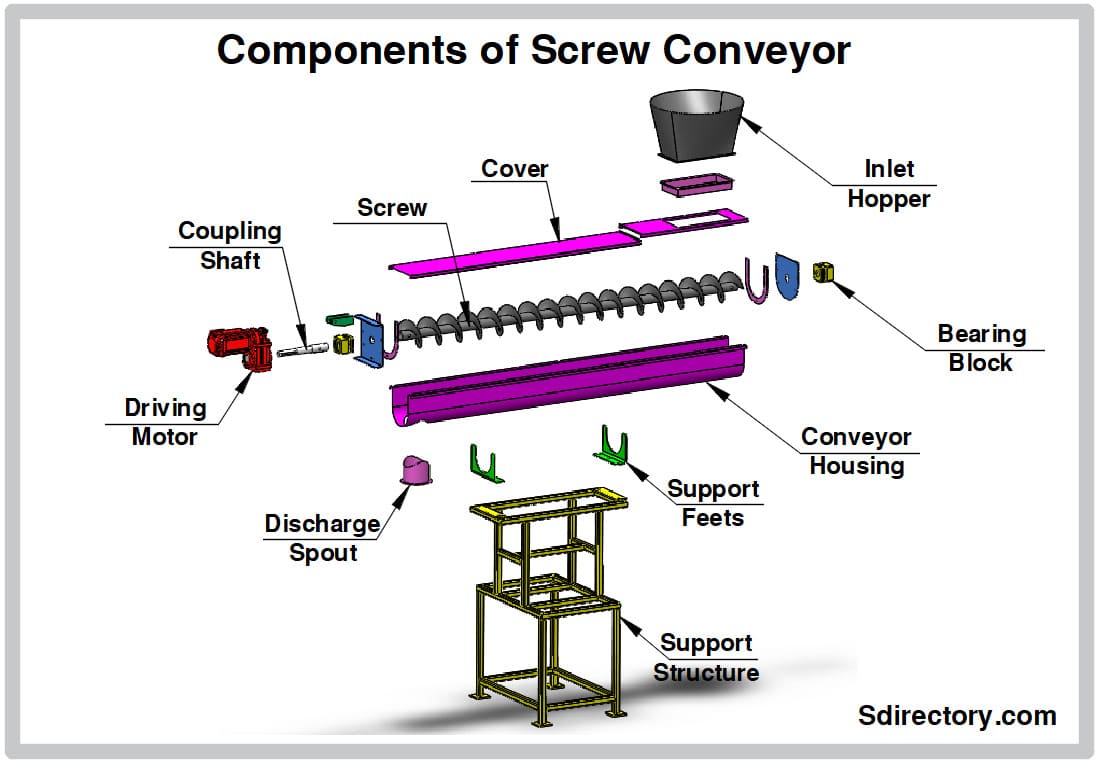
Screw Conveyor Design
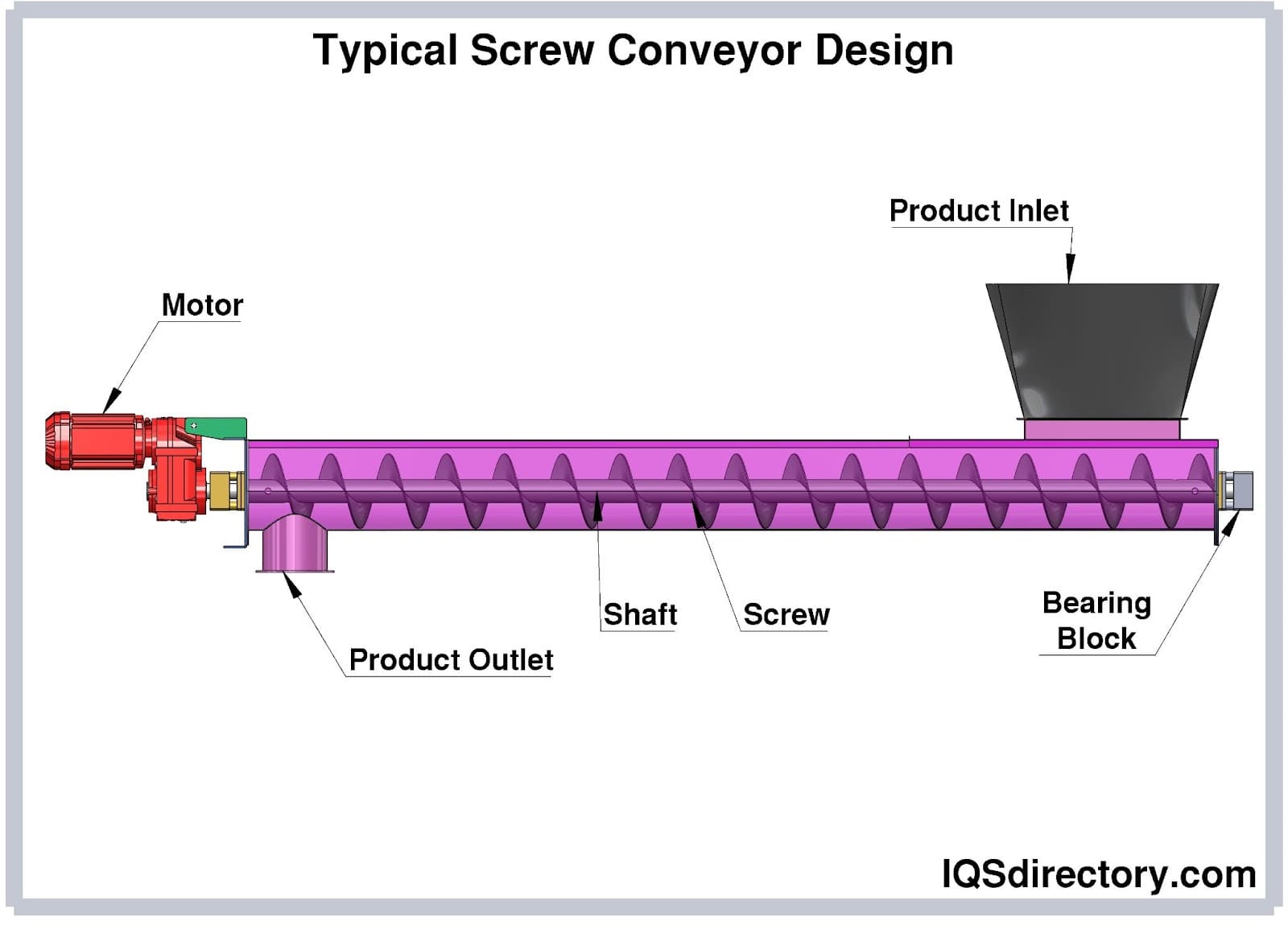
To design the screw feeder's size and capacity, the screw conveyor's needed capacity and the material should be known at the start; however, the screw size and properties may be unknown.
The following formula can be used to estimate the capacity of the screw conveyor, which has a standard screw flight:
Q= 60 × π⁄4 × D²×S×N×α×ρ×C
In this formula:
- Q = Screw Capacity in kg/h
- D = Screw Diameter in m
- S = Screw Pitch in m
- N = Screw speed in rpm
- α = Loading ratio
- ρ = Material loose density kg/m3
- C = Inclination correction factor
- The requirement is defined after specifying the screw conveyor's needed capacity.
- The screw's design must have a capacity equal to or greater than this figure.
- Assume the diameter (D)
- Define the screw pitch based on the diameter of the screw
- Estimate the screw's loading ratio based on the characteristics of the material to be conveyed.
- Values may be higher or lower than average; in extreme situations, the loading ratio may even be higher than 95%.
Step 1: Define the Requirement
Step 2: Calculate Capacity of the Conveyor
| Pitch | Pitch Length S |
|---|---|
| Standard | S = D |
| Short | S = 2/3 x D |
| Half | S = D/2 |
| Long | S = 1.5 x D |
| Material | Min Loading Ratio | Max Loading Ratio |
|---|---|---|
| Not free-flowing | 0.12 | 0.15 |
| Average flowability | 0.25 | 0.30 |
| Free-flowing | 0.4 | 0.45 |
Step 3: Compare Calculated Capacity to Max Screw Speed
The table below lists a few examples of reference maximum screw speed to be used during the design:
| Screw Diameter in m | 15% | 30%A | 30%B | 45% |
|---|---|---|---|---|
| 0.1 | 69 | 139 | 69 | 190 |
| 0.15 | 66 | 132 | 66 | 182 |
| 0.23 | 62 | 122 | 62 | 170 |
| 0.25 | 60 | 118 | 60 | 165 |
| 0.30 | 58 | 111 | 58 | 157 |
| 0.36 | 56 | 104 | 56 | 148 |
| 0.41 | 53 | 97 | 53 | 140 |
| 0.46 | 50 | 90 | 50 | 131 |
| 0.51 | 47 | 82 | 47 | 122 |
The design can be maintained if the speed estimated in step 2 is less than the maximum speed allowed for the chosen screw diameter. However, suppose the calculated speed at step 2 is greater than the maximum speed for the screw diameter chosen. In that case, the design is unsuitable, and the calculation must be repeated by altering a parameter (often the diameter).
Step 4: Power Calculations
P= PH+PN+PSt
PH is the power required to move the material in the conveyor horizontally.
PN is the power required to operate the unloaded screw.
PSt is the power required for an inclined screw conveyor.
Choosing the Proper Screw Conveyor Design Company
To make sure you have the most productive outcome when selecting a screw conveyor design company, it is important to compare at least 4 companies using our screw conveyor design directory. Each screw conveyor design company has a business profile page that highlights their areas of experience and capabilities and a contact form to directly communicate with the company for more information or request a quote. Review each screw conveyor design company website using our proprietary website previewer to get an idea of what each company specializes in, and then use our simple RFQ form to contact multiple screw conveyor design companies with the same form.

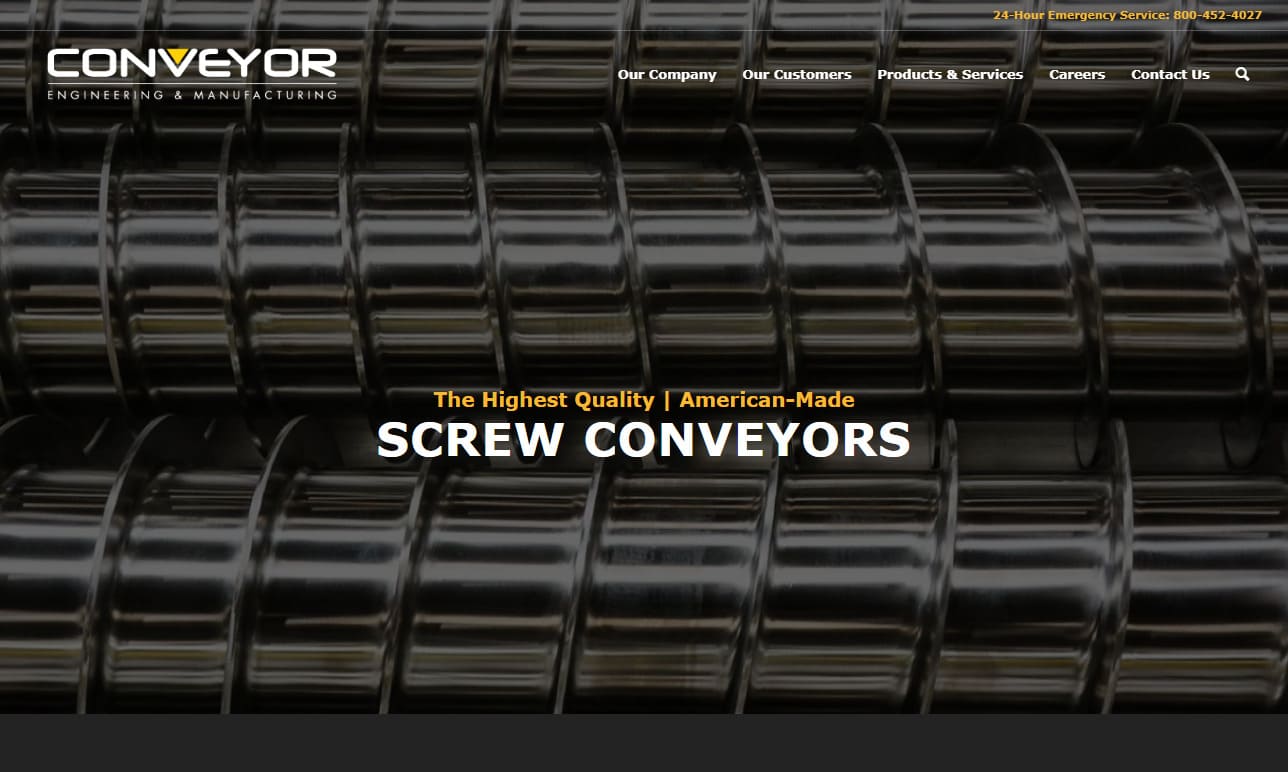

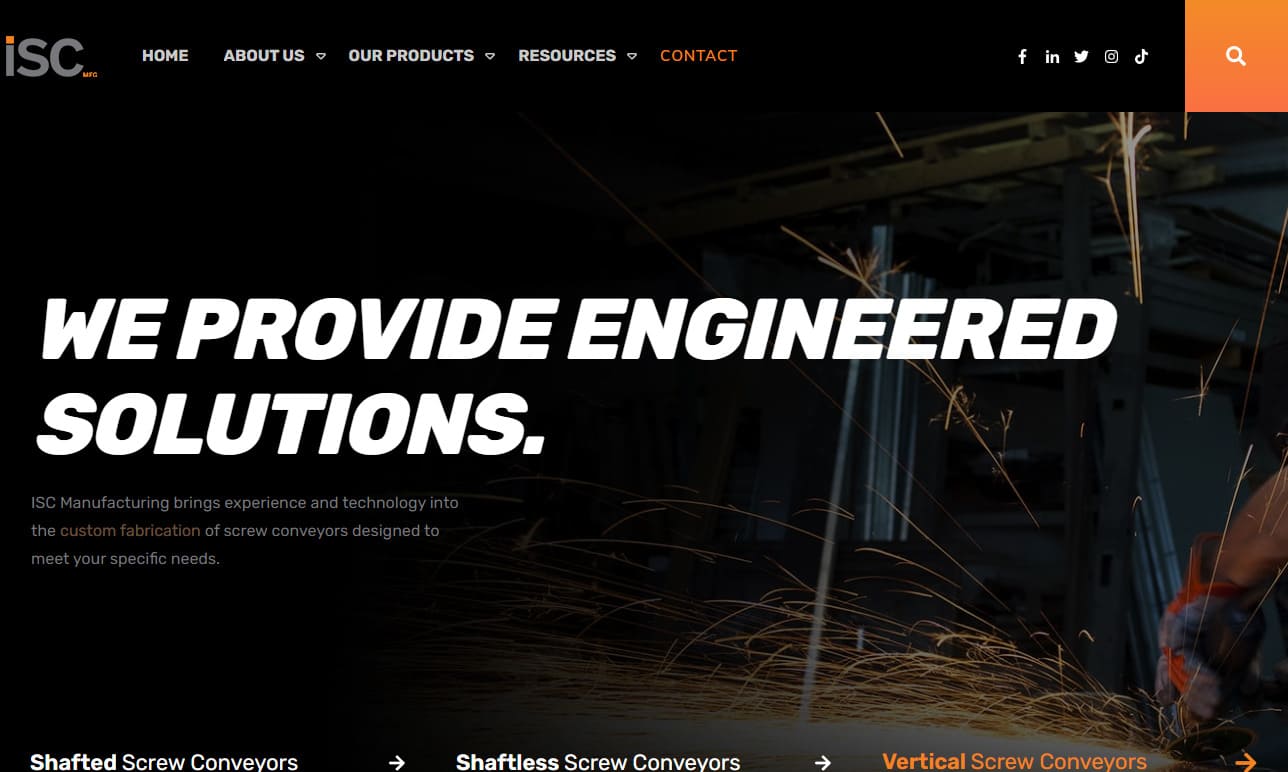

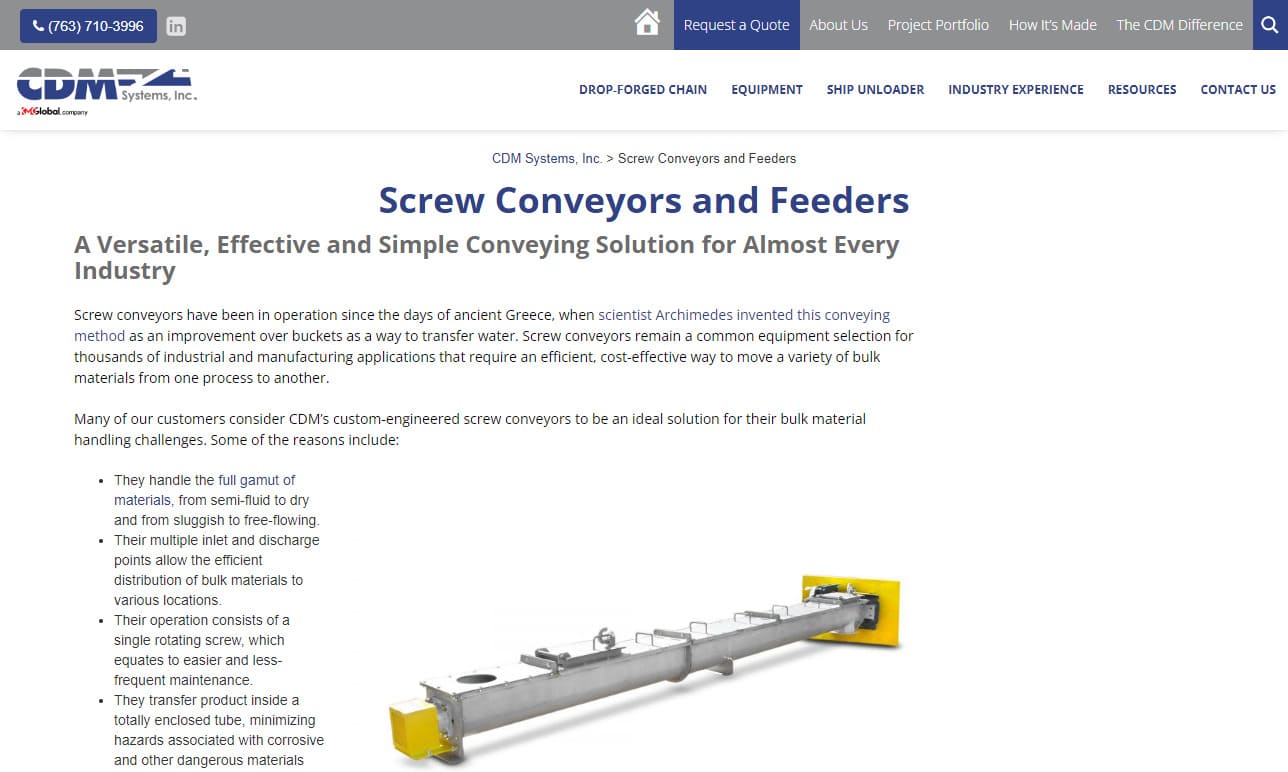
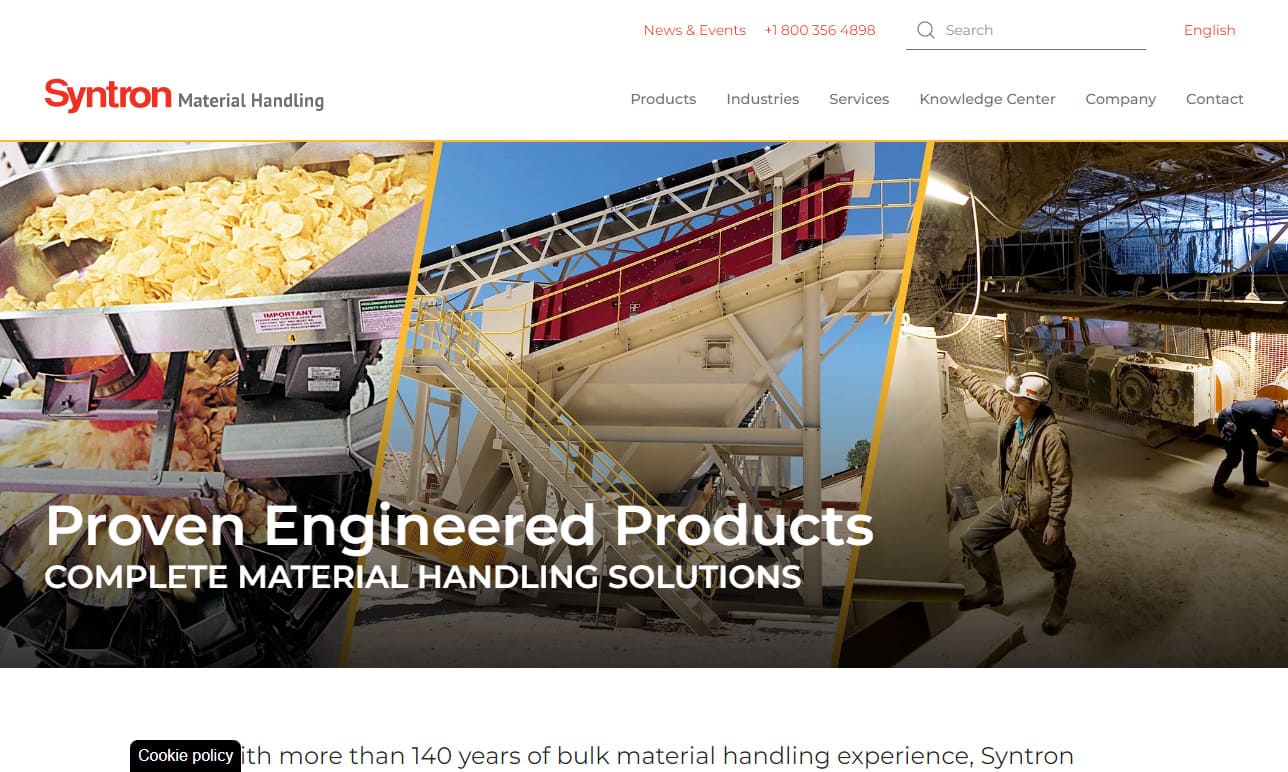
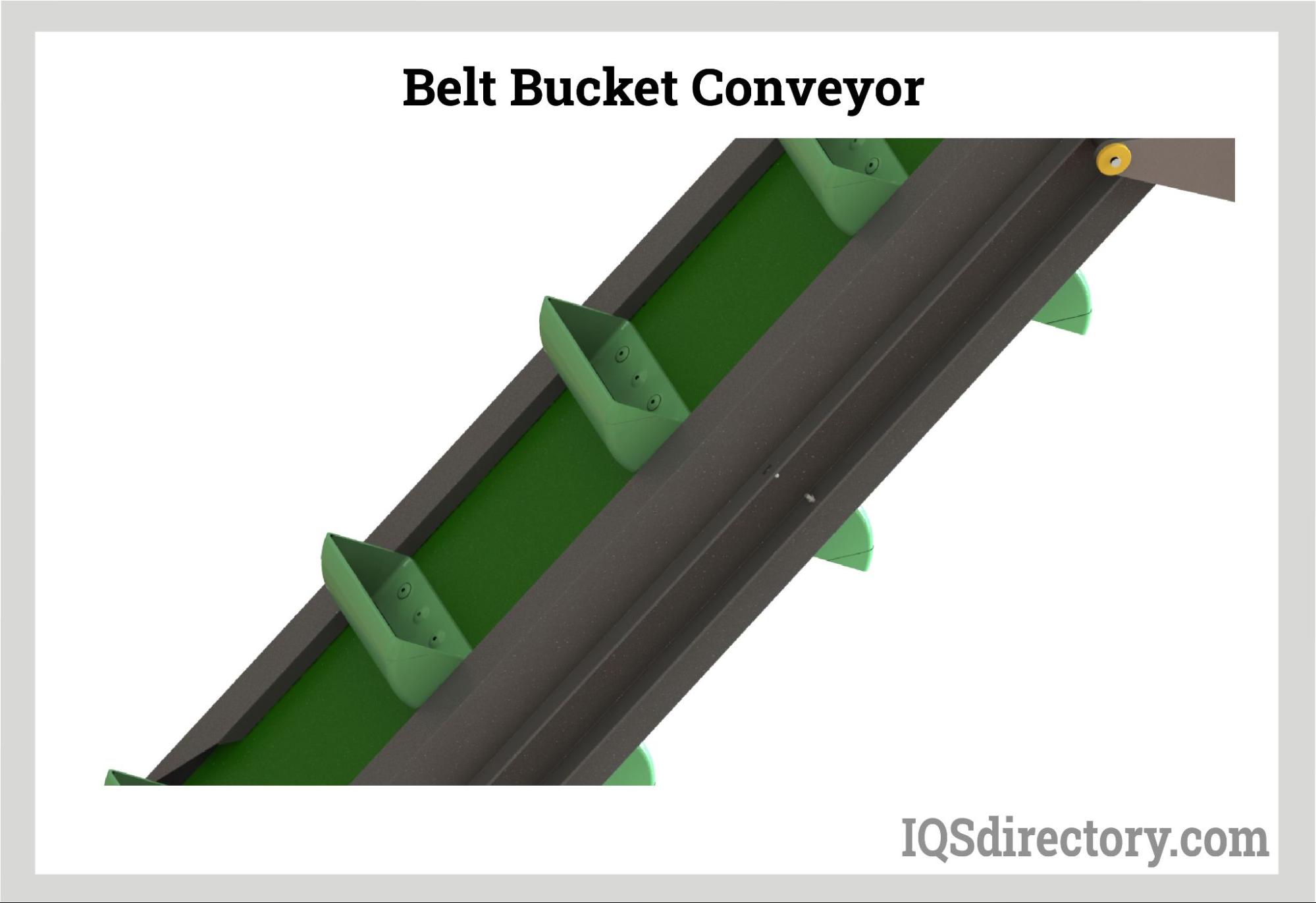
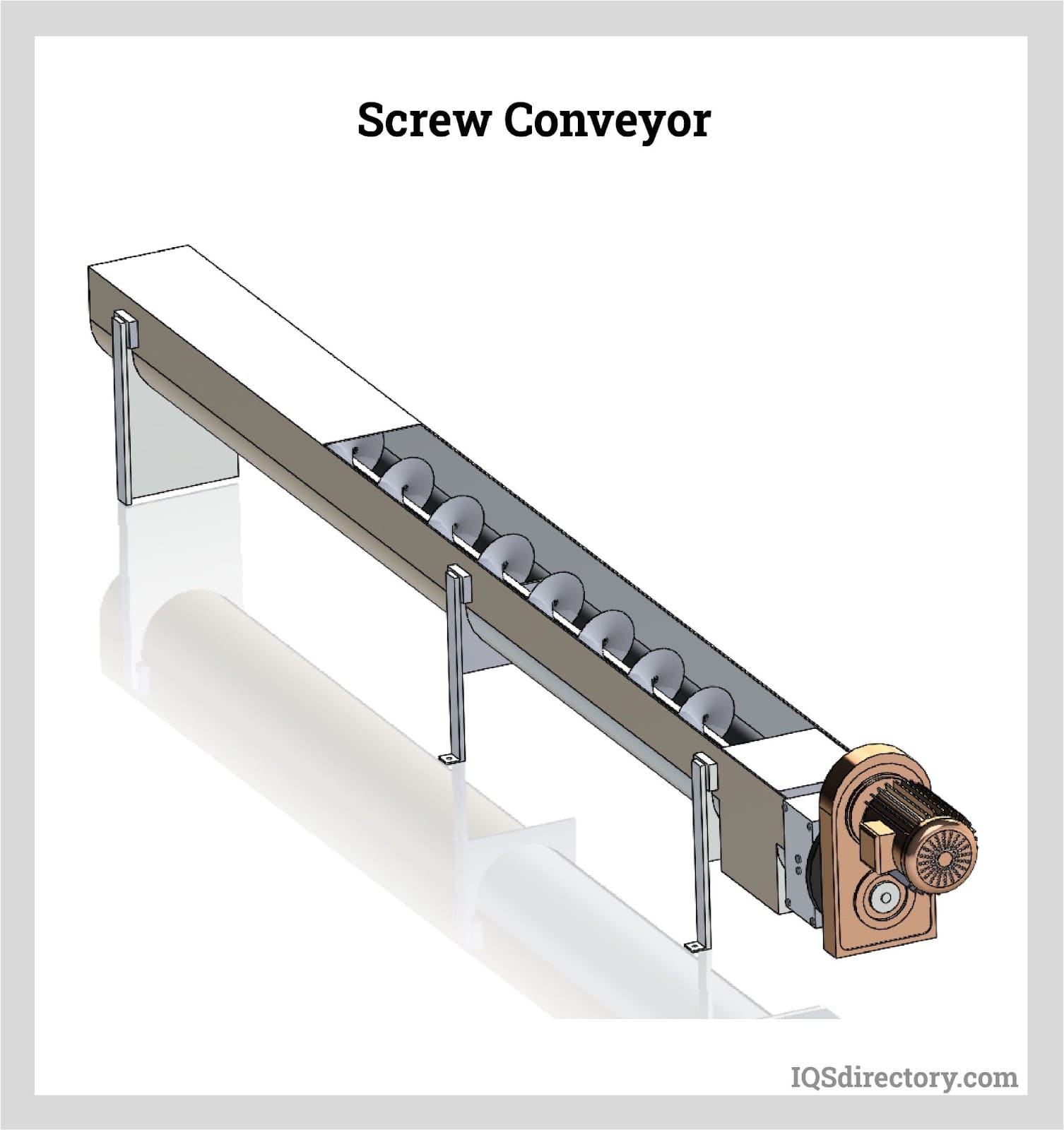


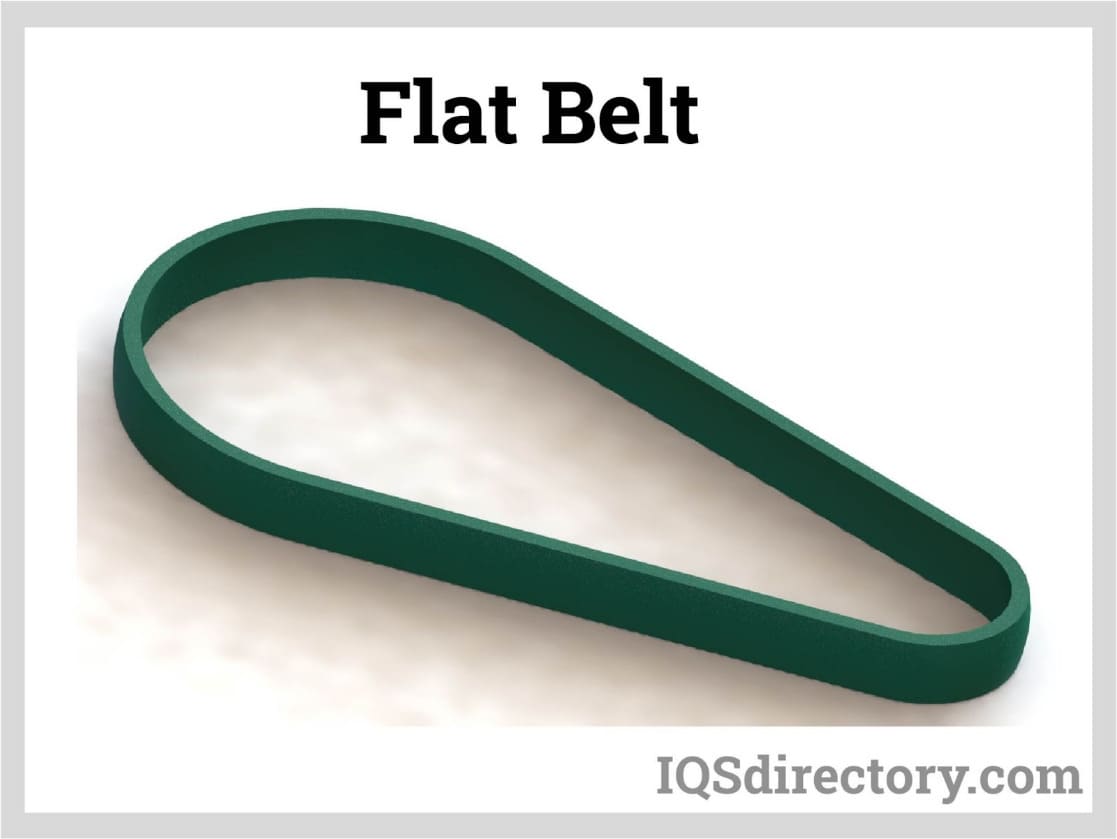
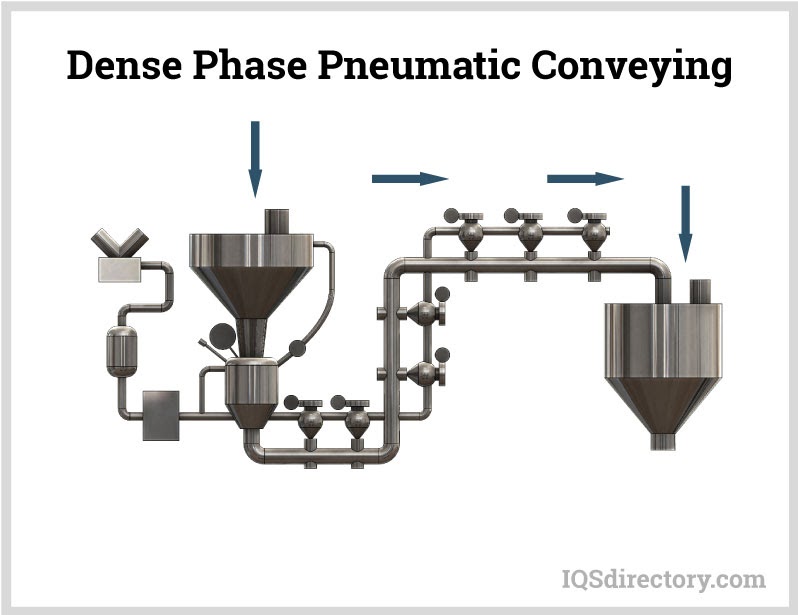
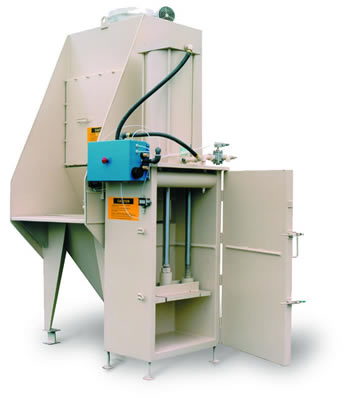 Bulk Bag Handling
Bulk Bag Handling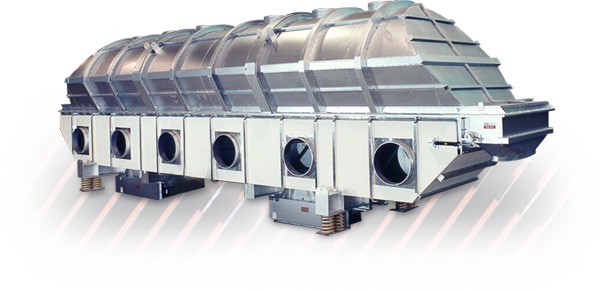 Industrial Dryers
Industrial Dryers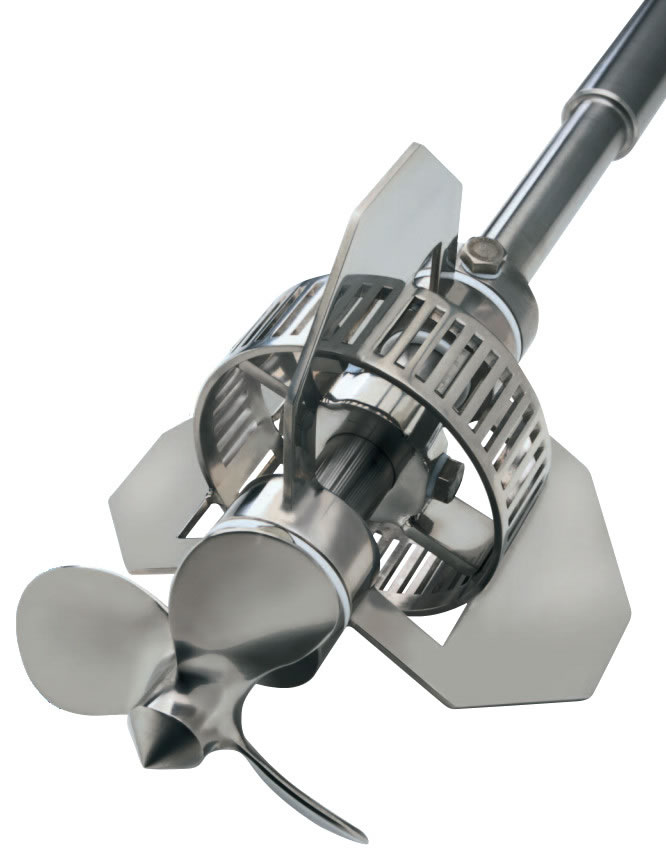 Mixers & Blenders
Mixers & Blenders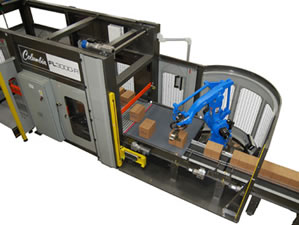 Palletizers
Palletizers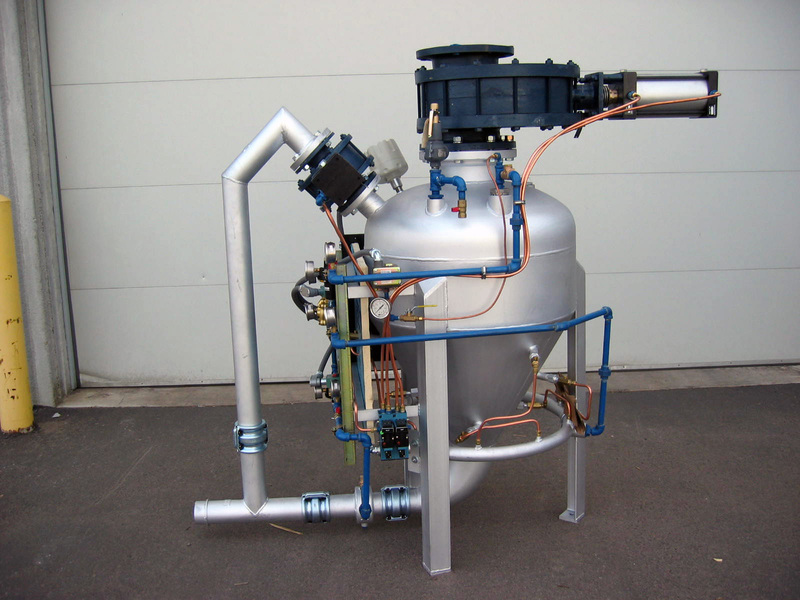 Pneumatic Conveyors
Pneumatic Conveyors Screw Conveyors
Screw Conveyors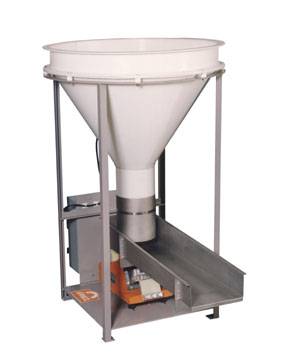 Vibratory Feeders
Vibratory Feeders Weighing Systems & Scales
Weighing Systems & Scales Castings & Forgings
Castings & Forgings Bulk Material Handling
Bulk Material Handling Electrical & Electronic Components
Electrical & Electronic Components Flow Instrumentation
Flow Instrumentation Hardware
Hardware Material Handling Equipment
Material Handling Equipment Metal Cutting Services
Metal Cutting Services Metal Forming Services
Metal Forming Services Metal Suppliers
Metal Suppliers Motion Control Products
Motion Control Products Plant & Facility Equipment
Plant & Facility Equipment Plant & Facility Supplies
Plant & Facility Supplies Plastic Molding Processes
Plastic Molding Processes Pumps & Valves
Pumps & Valves Recycling Equipment
Recycling Equipment Rubber Products & Services
Rubber Products & Services